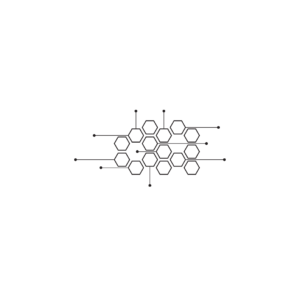Description
An Advanced Diploma in Vastu Shastra focuses on the ancient Indian science of architecture and design, which aims to create harmonious living and working environments by aligning structures with natural forces. This program covers the principles of Vastu Shastra, its application in modern architecture, and the ways to enhance the energy and balance of spaces.
Course Details:
Duration: Usually 1 to 2 years, depending on the institution and program specifics.
Eligibility: Candidates typically need to have completed higher secondary education (12th grade) or possess relevant prior qualifications in architecture, interior design, or related fields.
Mode of Study: Offered in full-time or part-time formats, combining theoretical knowledge with practical applications and fieldwork.
Curriculum:
The curriculum for an Advanced Diploma in Vastu Shastra generally includes the following key areas:
1. Introduction to Vastu Shastra
History and Philosophy:
Exploring the origins of Vastu Shastra, its relevance in ancient Indian architecture, and its philosophical underpinnings.
Basic Concepts:
Understanding key terms, principles, and elements of Vastu Shastra.
2. Fundamental Principles of Vastu
Five Elements (Panchabhutas):
Study of earth, water, air, fire, and space, and how they influence design and architecture.
Directions and Zones:
Importance of cardinal directions (North, South, East, West) and how they relate to Vastu practices.
3. Site Selection and Planning
Choosing the Right Location:
Guidelines for selecting sites based on Vastu principles, including landforms and surrounding environment.
Layout Planning:
Designing residential and commercial spaces according to Vastu guidelines, including room placement and spatial organization.
4. Architectural Design and Vastu
Designing Spaces:
Principles for planning various spaces such as homes, offices, and public buildings to enhance positive energy flow.
Material Selection:
Understanding the significance of materials used in construction and their impact on Vastu principles.
5. Remedies and Corrections
Vastu Remedies:
Techniques and tools to correct Vastu defects in existing structures, including the use of colors, symbols, and placements.
Practical Case Studies:
Analyzing real-life examples of Vastu applications and corrections.
6. Psychology of Space
Human Interaction with Space:
Understanding how spatial elements affect human behavior, emotions, and well-being.
Creating Harmonious Environments:
Strategies for designing spaces that promote health, happiness, and productivity.
7. Integration with Modern Architecture
Combining Vastu with Contemporary Design:
Techniques for integrating Vastu principles into modern architectural practices without compromising aesthetics.
Sustainability and Vastu:
Exploring environmentally friendly practices in alignment with Vastu principles.
8. Capstone Project
Practical Application:
A comprehensive project that allows students to apply their knowledge of Vastu in a real-world scenario, such as designing a residential or commercial space based on Vastu principles.
Assessment:
Assessment methods in this program may include:
Project Work:
Hands-on projects involving design proposals, spatial analysis, or remedial strategies for existing structures.
Written Assignments:
Research papers on Vastu applications, case studies, or theoretical discussions.
Examinations:
Testing knowledge of Vastu principles, design methodologies, and case studies discussed throughout the course.
Career Opportunities:
Graduates of the Advanced Diploma in Vastu Shastra can pursue various career paths, including:
Vastu Consultant: Advising clients on Vastu principles for residential and commercial projects.
Architect: Incorporating Vastu Shastra into architectural design and planning.
Interior Designer: Enhancing the design of interiors based on Vastu principles to promote well-being and harmony.
Construction Manager: Overseeing projects to ensure compliance with Vastu guidelines in new constructions and renovations.
Educator: Teaching Vastu Shastra principles in academic settings or workshops.
This advanced diploma program is ideal for individuals interested in integrating traditional wisdom with modern design practices, equipping them with the skills needed to create balanced and harmonious spaces. If you have any further questions or need more information, feel free to ask!









